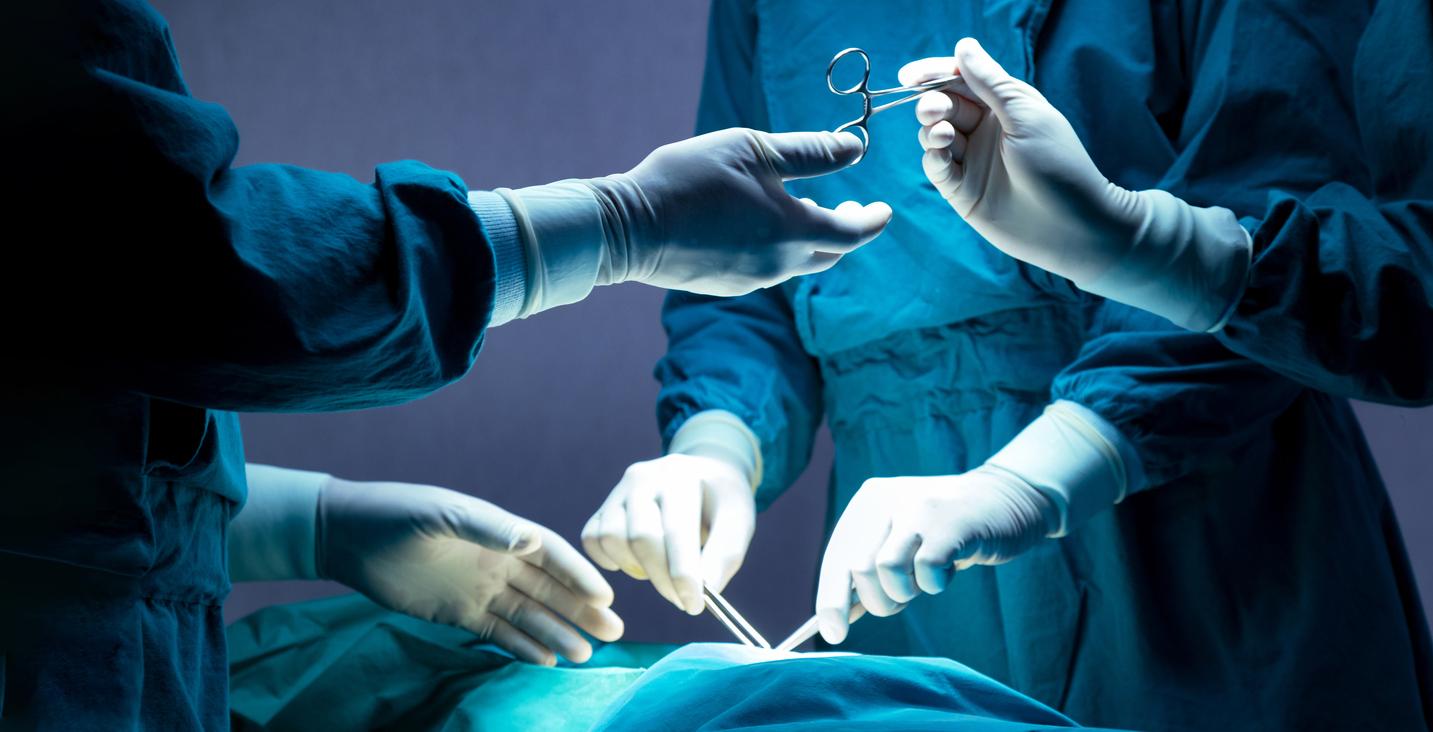
September 28, 2010 – Screening for breast cancer with mammography could save fewer lives than expected, Norwegian researchers conclude1.
The study was conducted among 40,000 women with breast cancer. According to the results, only 10% of lives could be saved with mammography, while it was anticipated that up to 25% of deaths from this disease could be avoided.
Concretely, screening by mammography would reduce the death rate by only 2.4 more lives, for every 100,000 women suffering from this cancer.
To reach this conclusion, the researchers compared data from 2 separate registries covering the years 1986 to 2005 – the first having been established before the roll-out of the breast cancer screening program in Norway (for women aged 50 to 69 years), and the other after its implantation.
In the first register, there is a reduction of 4.8 deaths per 100,000 women, between women who have undergone a mammogram and those who have not. In the second register comparing the effect of screening, this reduction is 7.2 deaths per 100,000 women.
Thus, the difference in the mortality rate between the period preceding the implementation of the breast cancer screening program and that which followed it is only 2.4 deaths prevented per 100,000 women affected.
Even more surprisingly, among women aged 70 and over – and therefore not eligible for the screening program – the mortality rate has fallen by 8%, probably due to the quality of the treatments offered by the multidisciplinary teams that Norway has put in place. standing over the years.
Mammography: a delicate decision
According to the Dr H. Gilbert Welch, professor at Dartmouth University School of Medicine, New Hampshire, the Norwegian study highlights “the delicate decision” of whether or not to undergo mammography.
“In the United States, the absolute benefit of mammography is 0.4 deaths averted per 1,000 women, which means 2,500 women must be screened to save a single life,” he wrote in an editorial published in the United States. same medical journal2 that study.
He says he is particularly concerned about what happens to the 2,499 other women screened. “More than 1,000 of them will be misdiagnosed with breast cancer, while 5 to 15 will be treated for a disease that would not have bothered them, with the side effects that accompany these treatments,” he adds. he.
Also the Dr Welch considers mammography screening one of the most important medical services. “Mammography screening should no longer be considered as one of the quality indicators of a health system,” he concludes.
Martin LaSalle – PasseportSanté.net
1. Kalager M, Zelen M, et al, Effect of Screening Mammography on Breast-Cancer Mortality in Norway, New England Journal of Medicine, September 23, 2010,, vol. 363, no 13, 1203-10.
2. Welch HG, Screening Mammography – A Long Run for a Short Slide?New England Journal of Medicine, September 23, 2010, vol. 363, no 13, 1276-8.















